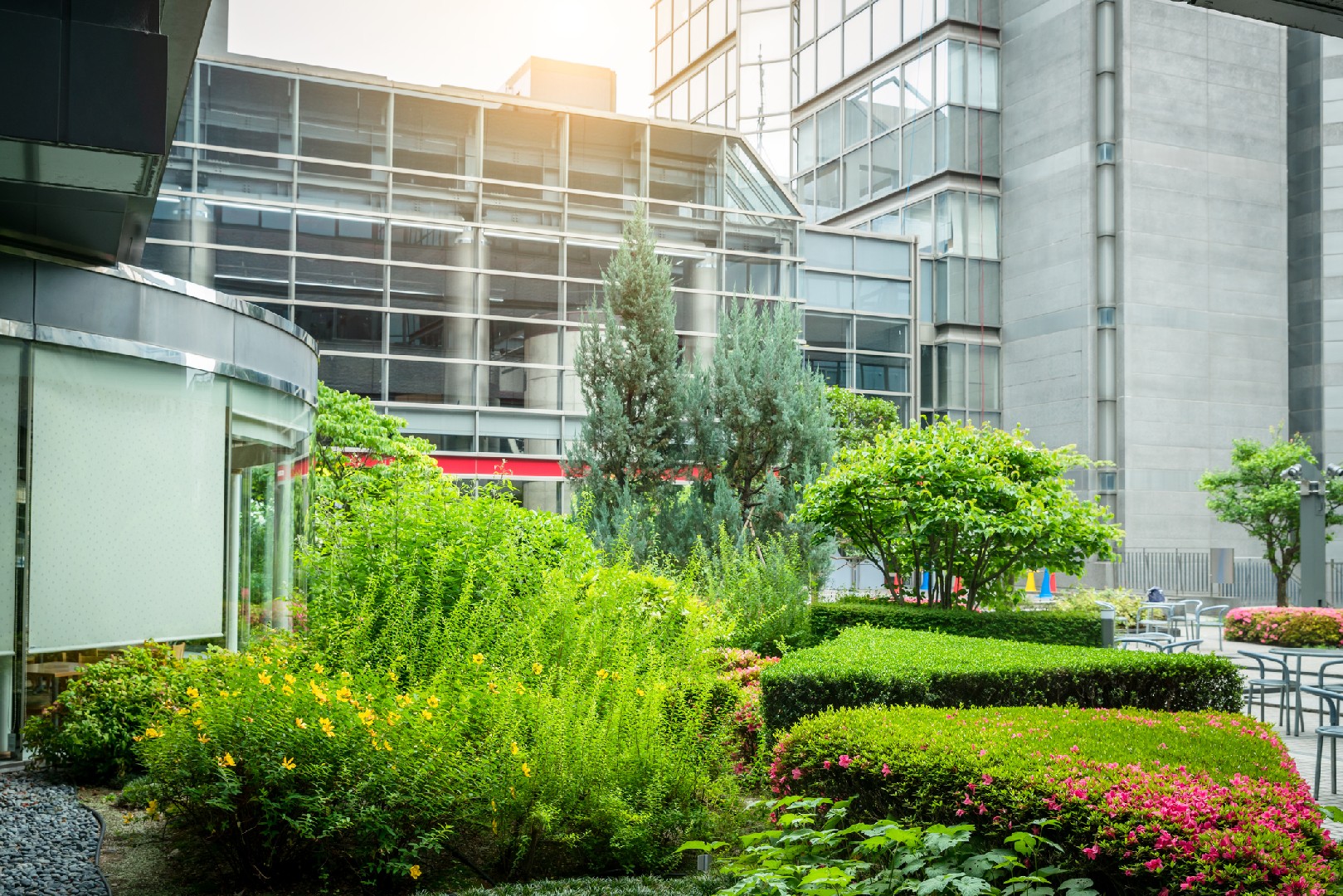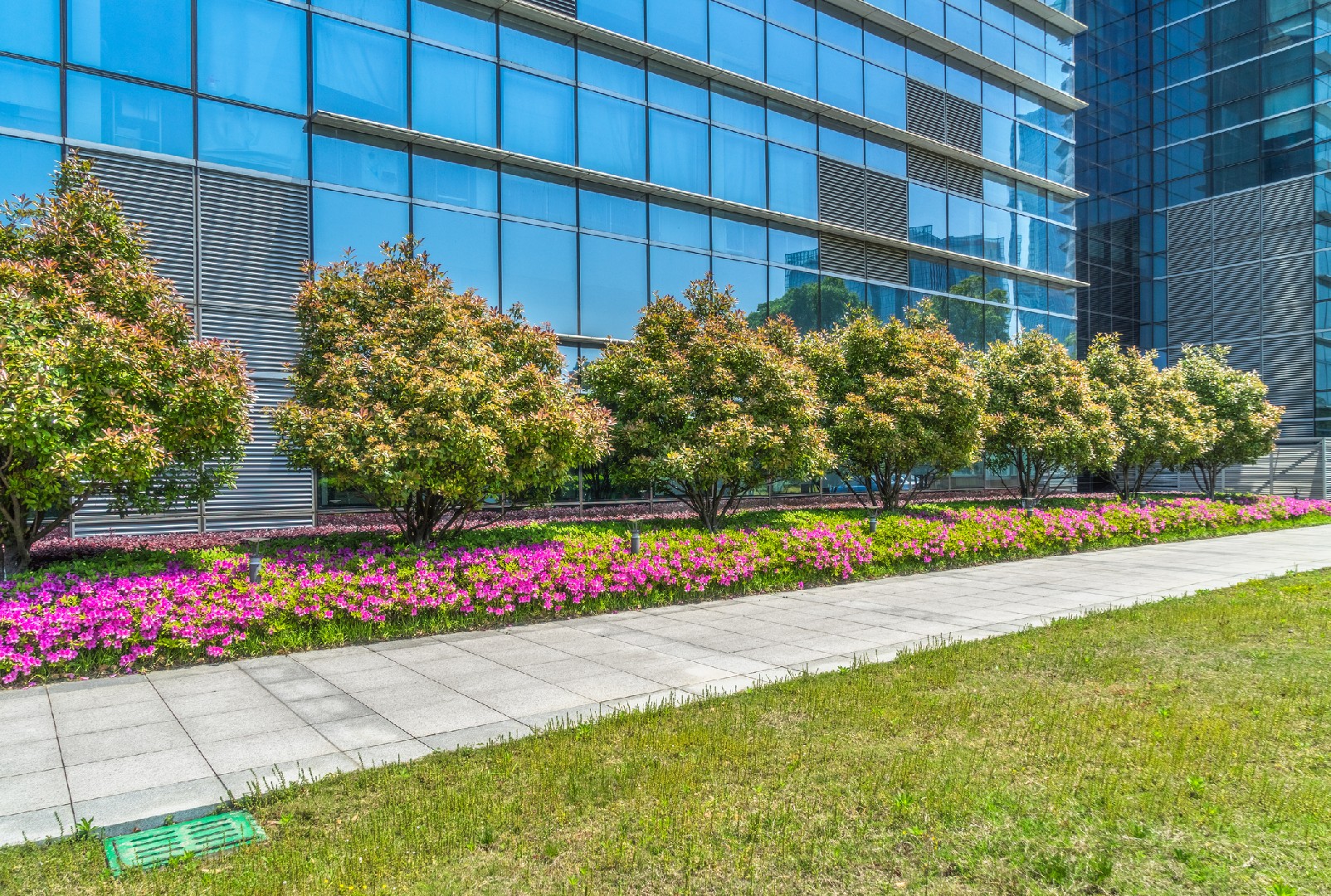![Rectangle]()
Understanding the Pillars of Commercial Landscape Design
Commercial landscape design is a delicate balance between aesthetics and functionality. A successful design must not only be visually appealing but also meet the practical needs of the commercial space. By understanding the pillars of commercial landscape design, professionals can create outdoor environments that are both beautiful and functional.
Firstly, let's define aesthetics and functionality in the context of landscape design. Aesthetics refer to the visual appeal and beauty of a space. It involves the use of various design elements such as color, texture, form, and proportion to create a visually pleasing environment. On the other hand, functionality focuses on the usability and accessibility of the commercial space. It considers factors such as traffic flow, seating arrangements, and the overall layout to ensure that the outdoor space is practical for its intended purpose.
Aesthetics play a vital role in setting the mood and ambiance of a commercial space. When customers or employees step into a well-designed outdoor environment, they are immediately greeted with a sense of beauty and tranquility. For example, a carefully curated garden with vibrant flowers and neatly trimmed hedges can create a welcoming and inviting atmosphere for visitors. This positive first impression can significantly impact customer satisfaction and employee productivity.
Functionality, on the other hand, enhances the usability and accessibility of the commercial space. It involves careful planning and consideration of how people will interact with the outdoor environment. One crucial aspect of functionality is traffic flow. Designers must create pathways and walkways that guide people through the space smoothly. This includes considering the locations of entrances, exits, parking areas, and seating areas. By optimizing traffic flow, designers can improve the overall experience for customers and employees.
Another important aspect of functionality is the integration of seating areas and amenities. Commercial landscape designs should include comfortable seating options such as benches or outdoor furniture. These seating areas provide opportunities for relaxation, conversation, or simply enjoying the surroundings. Additionally, amenities like shade structures, water features, or outdoor lighting can enhance the overall experience of the space, making it more enjoyable and welcoming for visitors.
To achieve a successful balance between aesthetics and functionality in commercial landscape design, professionals need to possess a range of skills and knowledge. They must have a deep understanding of design principles and techniques, such as color theory, balance, and proportion. Additionally, they should have knowledge of plants and horticulture to create cohesive and sustainable landscapes. Understanding the local climate and site conditions is also crucial for selecting appropriate plants and materials.
In conclusion, aesthetics and functionality are the pillars of commercial landscape design. A well-designed outdoor space should be visually appealing while meeting the practical needs of the commercial environment. By considering factors such as traffic flow, seating arrangements, and the integration of amenities, professionals can create environments that not only look beautiful but also enhance the overall experience for customers and employees. To achieve this balance, designers should possess a range of skills and knowledge in design principles, horticulture, and site-specific considerations. By mastering the art of commercial landscape design, professionals can create outdoor spaces that leave a lasting impression and provide value to businesses.





